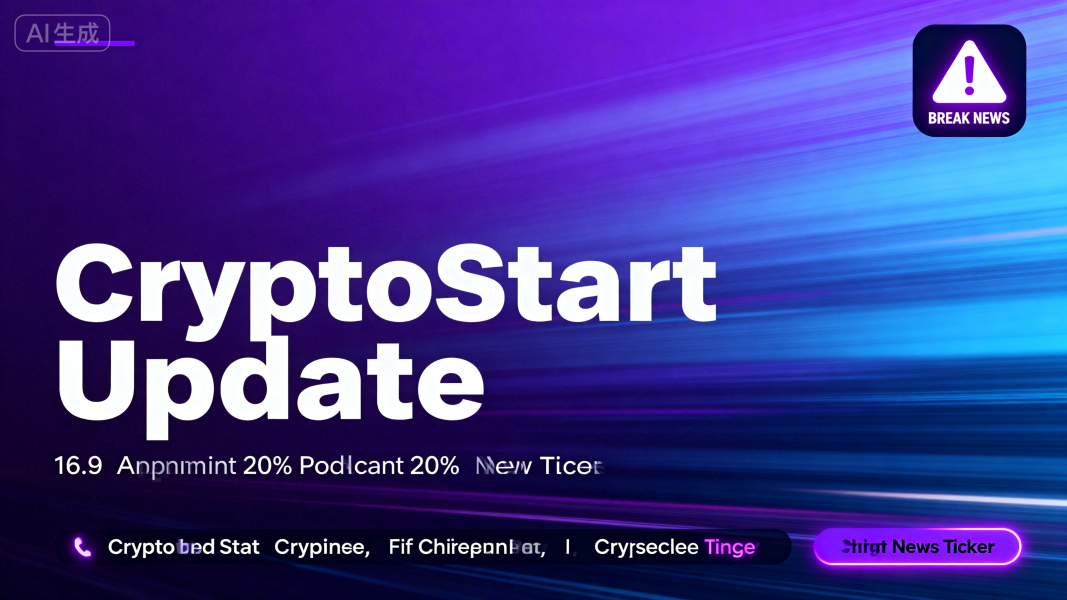In the fast-paced, high-volatility world of cryptocurrency, virtual crypto trading has emerged as a game-changing tool for anyone looking to engage with digital assets without risking real money. Also known as mock crypto trading or simulated crypto trading, it refers to the process of buying, selling, and managing cryptocurrencies through a virtual platform that replicates real market conditions—using fake funds instead of actual capital. Whether you’re a complete beginner confused by “order books” and “stop-loss orders,” or an experienced trader testing a new strategy, virtual crypto trading bridges the gap between curiosity and confident action, making it an indispensable part of the crypto learning journey.
What Is Virtual Crypto Trading? Definition & Core Value
At its essence, virtual crypto trading is a “sandbox” for the crypto market. It mirrors the functionality of real crypto exchanges (like Binance, Coinbase, or Kraken) but replaces real money with virtual funds (e.g., $10,000 in fake USD or virtual Bitcoin). The platform pulls live or delayed price data for assets ranging from Bitcoin (BTC) and Ethereum (ETH) to stablecoins (USDT) and niche altcoins (SOL, ADA), replicating trading fees, order types, and market trends—all while ensuring no actual financial loss.
The core value of virtual crypto trading lies in solving two biggest pain points of real crypto trading:
- Risk Elimination: For beginners, the fear of losing savings keeps many from learning to trade. Virtual trading removes this barrier entirely.
- Practice Without Consequence: Traders can experiment with bold strategies (e.g., day trading, leverage) or test how market news impacts prices—without putting real capital on the line.
Key Advantages of Virtual Crypto Trading
Virtual crypto trading isn’t just for beginners—it offers unique benefits for users across all skill levels:
1. Zero Financial Risk
The most obvious advantage: all transactions use virtual funds. A beginner who accidentally places a “market order” instead of a “limit order” won’t lose real money; an advanced trader testing a new derivatives strategy won’t face debt if the market turns. This “safe space” lets users learn from mistakes without regret.
2. Realistic Market Replication
Top virtual trading platforms sync with real exchanges to mirror live prices, trading volume, and liquidity. For example, if Bitcoin drops 2% on Coinbase in real time, the virtual platform reflects that movement within minutes. Many also replicate fees (0.1–0.5% per trade) and slippage (price changes between order placement and execution)—details that often surprise new traders in real markets.
3. Strategy Testing & Backtesting
Experienced traders rely on virtual trading to refine strategies. Want to try “dollar-cost averaging” (investing a fixed amount weekly) or “swing trading” (holding assets for days)? Virtual platforms let you backtest these strategies against historical data (e.g., 2022’s bear market) to see how they would have performed, or run them in real time to validate effectiveness.
4. Educational Accessibility
Virtual crypto trading turns abstract concepts into hands-on learning. Instead of reading about “stop-loss orders,” users can set one on virtual Ethereum, watch it trigger when prices drop, and understand how it protects against losses. Many platforms also include tutorials, glossaries, and guided challenges to reinforce learning.
Core Elements of a Reliable Virtual Crypto Trading Platform
Not all virtual trading tools are equal—high-quality platforms include features that make practice as useful as possible:
- Virtual Funds: Most start users with $5,000–$100,000 in virtual capital to replicate real portfolio management.
- Real-Time/Delayed Data: Live data (for active practice) or delayed data (for casual learning) from top exchanges.
- Diverse Asset Coverage: Support for major cryptos (BTC, ETH), stablecoins (USDT, USDC), and popular altcoins (SOL, ADA).
- Multiple Order Types: Market orders (buy/sell at current price), limit orders (set a target price), and stop-loss/take-profit orders (critical for risk management).
- Portfolio Tracking: Dashboards to monitor virtual holdings, profit/loss (P&L), trade history, and performance metrics (e.g., return on investment).
- Community & Competitions: Some platforms host virtual trading contests (with non-cash prizes) to add engagement and mimic the pressure of real trading.
Who Should Try Virtual Crypto Trading?
Virtual crypto trading is universally valuable, with tailored benefits for three key groups:
1. Crypto Beginners
If terms like “liquidity” or “trading pair” feel overwhelming, virtual trading is your starting line. You can:
- Navigate exchange UIs without pressure (e.g., figuring out how to convert USDT to BTC).
- Practice executing orders without fearing costly mistakes (e.g., accidentally buying 1 BTC instead of 0.1 BTC).
- Build confidence before depositing real money into an exchange.
2. Advanced Traders
Seasoned traders use virtual trading to stay sharp and test boundaries:
- Test high-risk strategies (e.g., leverage trading, futures) without endangering real portfolios.
- Backtest new approaches against historical data (e.g., “Buy ETH when RSI < 30” during 2023’s rally).
- Adapt to new exchange features (e.g., spot vs. margin trading) before using them live.
3. Educators & Students
Crypto courses and workshops rely on virtual trading for hands-on learning:
- Teachers can demonstrate market cycles (bull vs. bear) or risk management in real time.
- Students can complete “trading assignments” (e.g., “Grow a $10k virtual portfolio in 30 days”) to apply classroom knowledge.
How to Start Virtual Crypto Trading (Step-by-Step)
Getting started with virtual crypto trading is simple, even for total beginners:
- Choose a Platform: Pick a user-friendly tool (e.g., eToro Demo, Binance Demo Mode, CoinMarketCap Simulator).
- Sign Up: Create a free account—no real financial information required.
- Claim Virtual Funds: Most platforms auto-load $10k–$50k in virtual capital.
- Explore the Interface: Familiarize yourself with the dashboard, order types, and asset listings.
- Place Your First Trade: Start small (e.g., buy $1k of virtual BTC with virtual USDT) to practice execution.
- Track & Learn: Monitor your portfolio, analyze losses/gains, and adjust strategies as you go.

